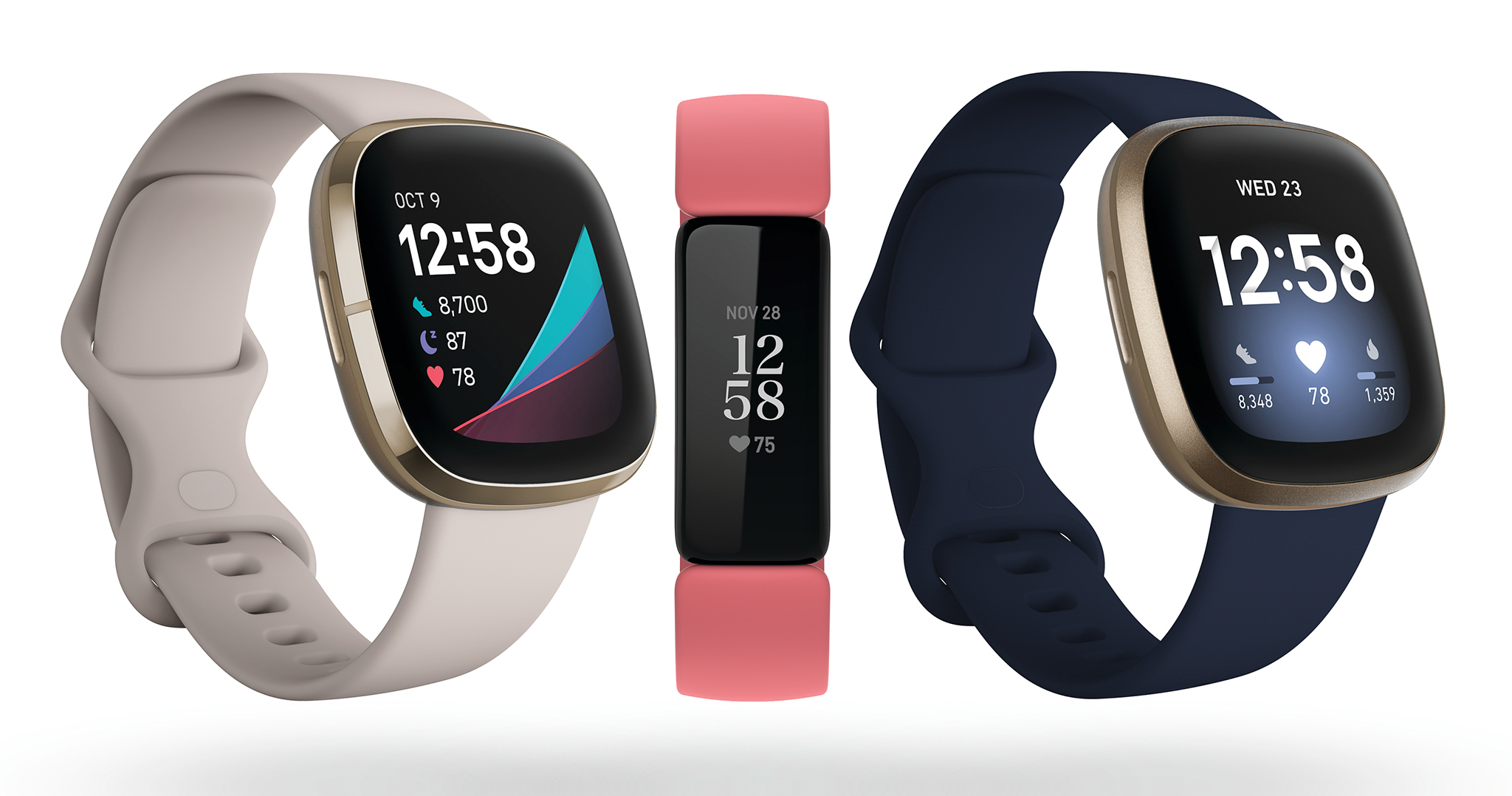

A recent report showed that health data for over 61 million fitness tracker users, including both Fitbit and Apple, was exposed when a third party company that allowed users to sync their health data from their fitness trackers did not secure the data properly. What is not good is what can happen with all this very personal health data if others aren't careful. That's a lot of personal information gathered in one place. So, be aware with Fitbit-or any fitness tracker-you are strapping on a device that tracks your location, heart rate, sleep patterns, and more. We say hopefully because, depending on the kind of data, it’s been found to be pretty easy to de-anonymize these data sets and track down an individual’s patterns, especially with location data. It de-identifies the data it collects so it's (hopefully) not personally identifiable. This is good.Īnd Fitbit seems to do an OK job with privacy and security.

However, Google promised that “Fitbit users’ health and wellness data won't be used for Google ads and this data will be kept separate from other Google ad data” as part of the deal with global regulators when they bought Fitbit. That worried many privacy conscious users. The Versa 4 is also 1.2mm thinner than its predecessor, but weighs more by 2g, although it’s highly unlikely you’d notice either of those changes to its proportions.As of January 14, 2021, Google officially became the owner of Fitbit. It still functions the same, but is likely to be easier to press with sweaty hands. The main difference is that, like the Sense 2, the Versa 4 offers a side button as opposed to the capacitive touch button on the Versa 3. That means both are packing their sensors and gizmos into essentially the same chassis as the Fitbit Sense and Sense 2. When it comes to design, Fitbit hasn't changed a lot with the Versa 4, similarly to the Versa 3. While the company has had options for running, swimming, hiking and more, there are now 40 options (doubled from the Versa 3’s 20 options) that include more equipment-oriented workouts like weightlifting, as well as new cardio options like dancing.

The big reason to go for the Versa 4 over its older brother is Fitbit’s own repository of workout options. Unlike the Luxe, both the Versa 3 and Versa 4 offer GPS connectivity, so you can leave your phone at home (although not if you want to listen to music, as we’ll come to shortly). This is a tough ask, because much of what you’ll find in the Versa 3 and Versa 4 are identical.īoth offer excellent heart rate and Sp02 (blood oxygen) monitoring, as well as the usual cadre of step-tracking, calories burned, and distance. (Image credit: Future/Lloyd Coombes) Which is more accurate?


 0 kommentar(er)
0 kommentar(er)
